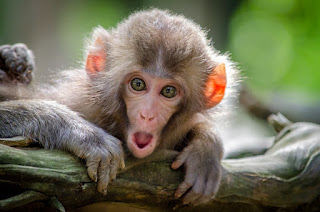Reading Notes: Twenty Jataka Tales; Part B
All stories retrieved from Twenty Jataka Tales by N. Inayat
The Two Pigs
The Two Pigs
- Usage of onomatopoeia as the introductory sentence to create curiosity within the readers. This can be a great way to get the readers' attention by using simple sound-like descriptions, such as "tick-a-tack" in this story
- Also included traditional fairy tale-like ending "... lived happily ever after" to create sense of comfortability and sense of happy ending in a story meant to be read to children
- Again, inclusion of something mystical that influenced the behavior and thought processes of humans and their faults, which in this case is the power of love to conquer all
- Also included the instance of royalty, such as a king
- What is the effect of inclusion of a king and why is it effective?
- What feelings does this inclusion create?
- How does it essential to the plot of the story?
- Ways to rewrite this
- From the perspective of the drunken men
- From the perspective of the king
- Told from story where one of the brother did die, and the other still had the effects of his words
(Mischievous Monkeys. Source: Unsplash)
The Patient Buffalo
- There are several inclusions of monkeys within these jatakas
- What is their role?
- Why is it always monkeys?
- Is it a representation of humans in their most primal ways? Such instincts as mischievousness and faulty curiosity? Blind morals?
- But there are also intelligent characters as well
- I liked the theme on the buffalo never cared for the monkeys messing with him because he believed that they were already dealt a bad hand to begin with




Comments
Post a Comment